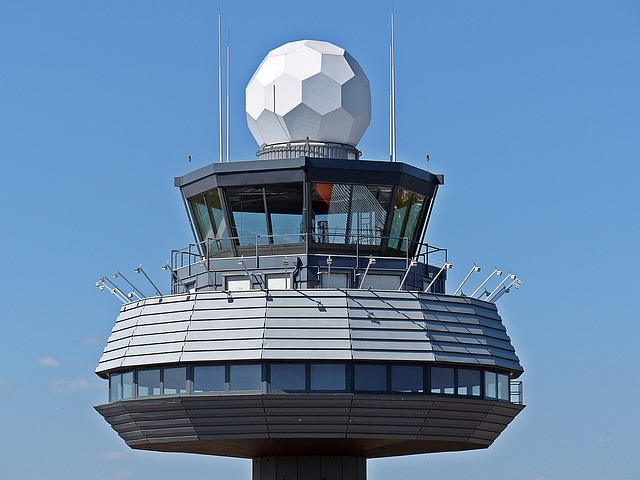The global air traffic control (ATC) market is experiencing
significant growth, driven by increasing air traffic, technological
advancements, and the need for enhanced safety measures. In 2024, the market
continues to evolve, with new opportunities emerging across various sectors,
from airport management to aircraft navigation systems.
Market Growth Drivers
The surge in global air travel is a primary factor fueling
the expansion of the ATC market. As passenger numbers rise, air traffic
management systems are under greater pressure to maintain efficiency and
safety. According to industry reports, the total number of commercial flights
is expected to grow at a steady pace, prompting airports and airlines to invest
heavily in air traffic management technologies.
Another key driver is the increasing demand for automation
in air traffic control. With advancements in artificial intelligence (AI),
machine learning (ML), and automated systems, ATC services are becoming more
efficient. These technologies are enabling air traffic controllers to manage
complex flight patterns with greater precision, reducing human error and
improving safety.
Technological Innovations
In 2024, the ATC market is witnessing the integration of
cutting-edge technologies that promise to revolutionize air traffic management.
The implementation of satellite-based navigation systems, such as the NextGen
program in the U.S., and SESAR (Single European Sky ATM Research) in Europe,
are examples of advancements that improve communication and streamline air
traffic management. These systems provide more accurate tracking and
surveillance of aircraft, leading to better coordination and reduced flight delays.
Additionally, the development of remote towers and digital
ATC solutions is gaining traction. Remote tower technologies allow air traffic
controllers to manage multiple airports from a single location, significantly
lowering operational costs and improving the efficiency of air traffic
operations. As the world embraces digitalization, the adoption of such
innovations is expected to increase.
Regional Insights
North America and Europe remain dominant players in the air
traffic control market, owing to their well-established aviation industries and
high levels of investment in ATC technologies. In these regions, government
initiatives such as NextGen and SESAR are instrumental in shaping the future of
air traffic management.
Meanwhile, the Asia-Pacific region is experiencing rapid
growth, driven by the increasing number of air travelers in countries like
China and India. This region’s expansion presents ample opportunities for ATC
companies to invest in infrastructure and technology to accommodate rising air
traffic.
Challenges and Opportunities
Despite the positive growth prospects, the ATC market faces
several challenges. Cybersecurity concerns, high implementation costs, and the
complexity of integrating new technologies with existing systems are some of
the major obstacles. However, these challenges also present opportunities for
innovation and the development of more secure, cost-effective solutions.
For More Info https://www.gmiresearch.com/report/air-traffic-control-atc-market/
Conclusion
The air traffic control market in 2024 is poised for continued growth, driven by technological advancements and a rise in global air traffic. As the industry continues to evolve, investments in automation, satellite-based navigation systems, and digital solutions will play a pivotal role in shaping the future of air traffic management, ensuring greater safety and efficiency for the aviation sector.

Comments
Post a Comment